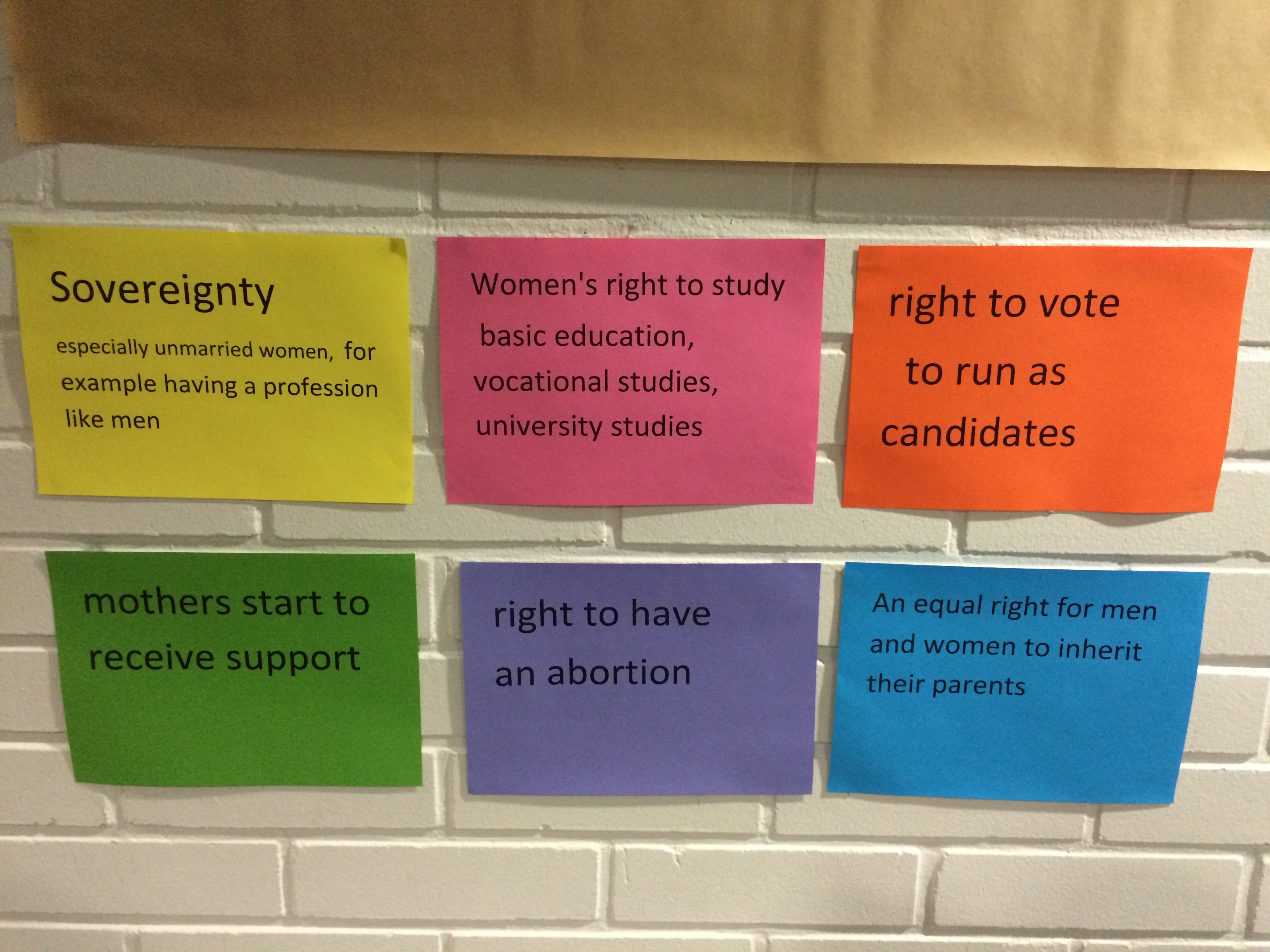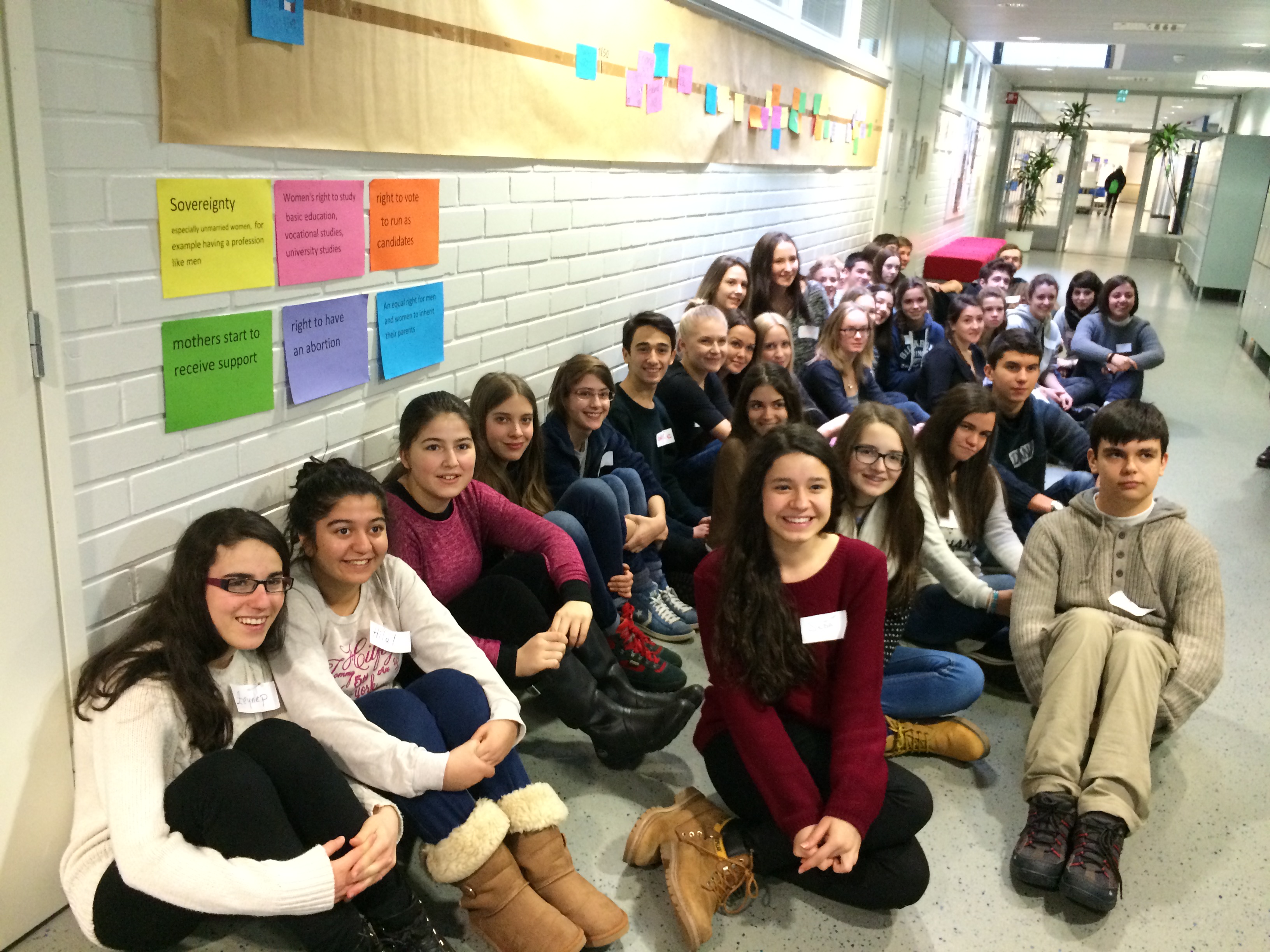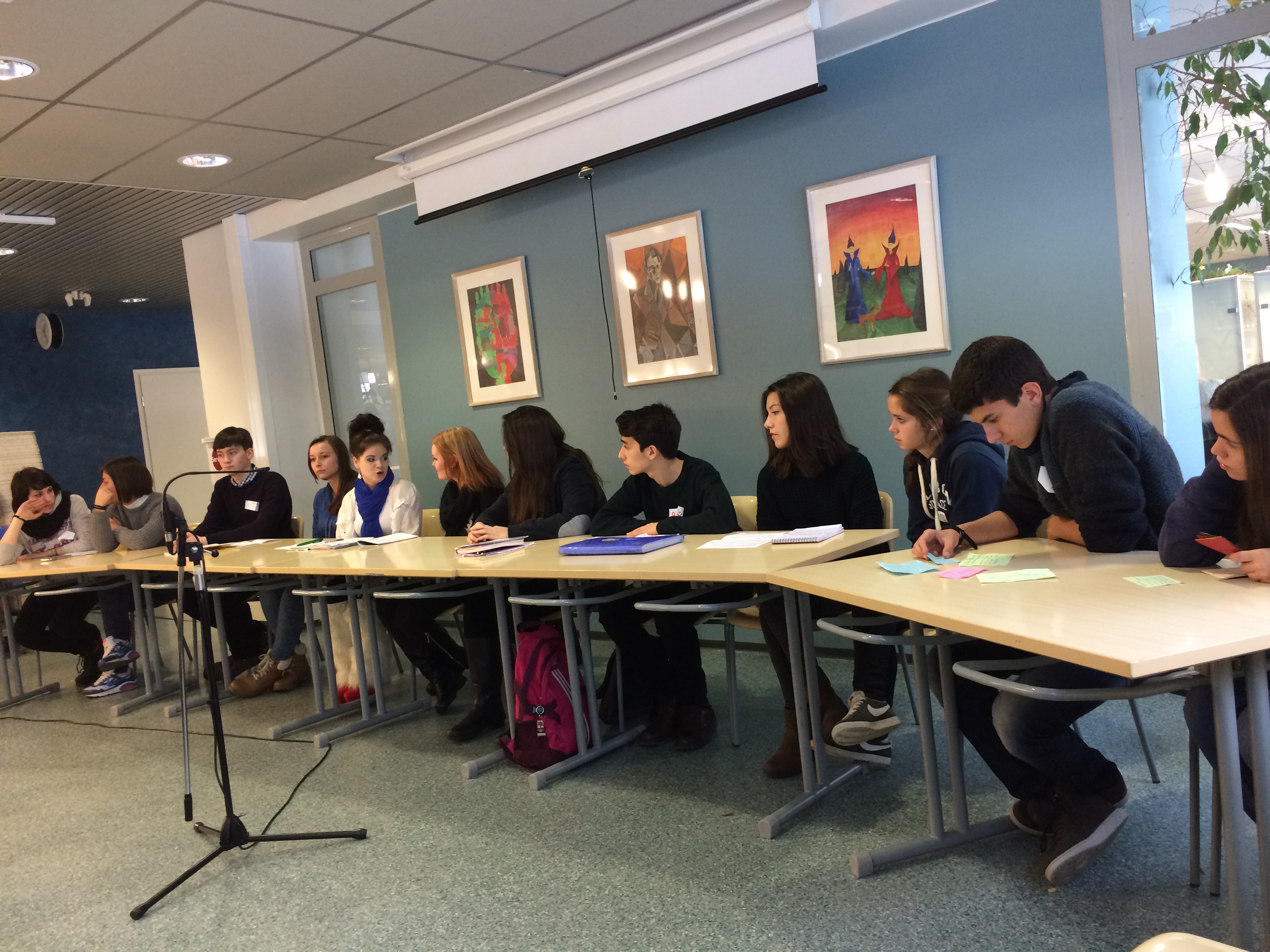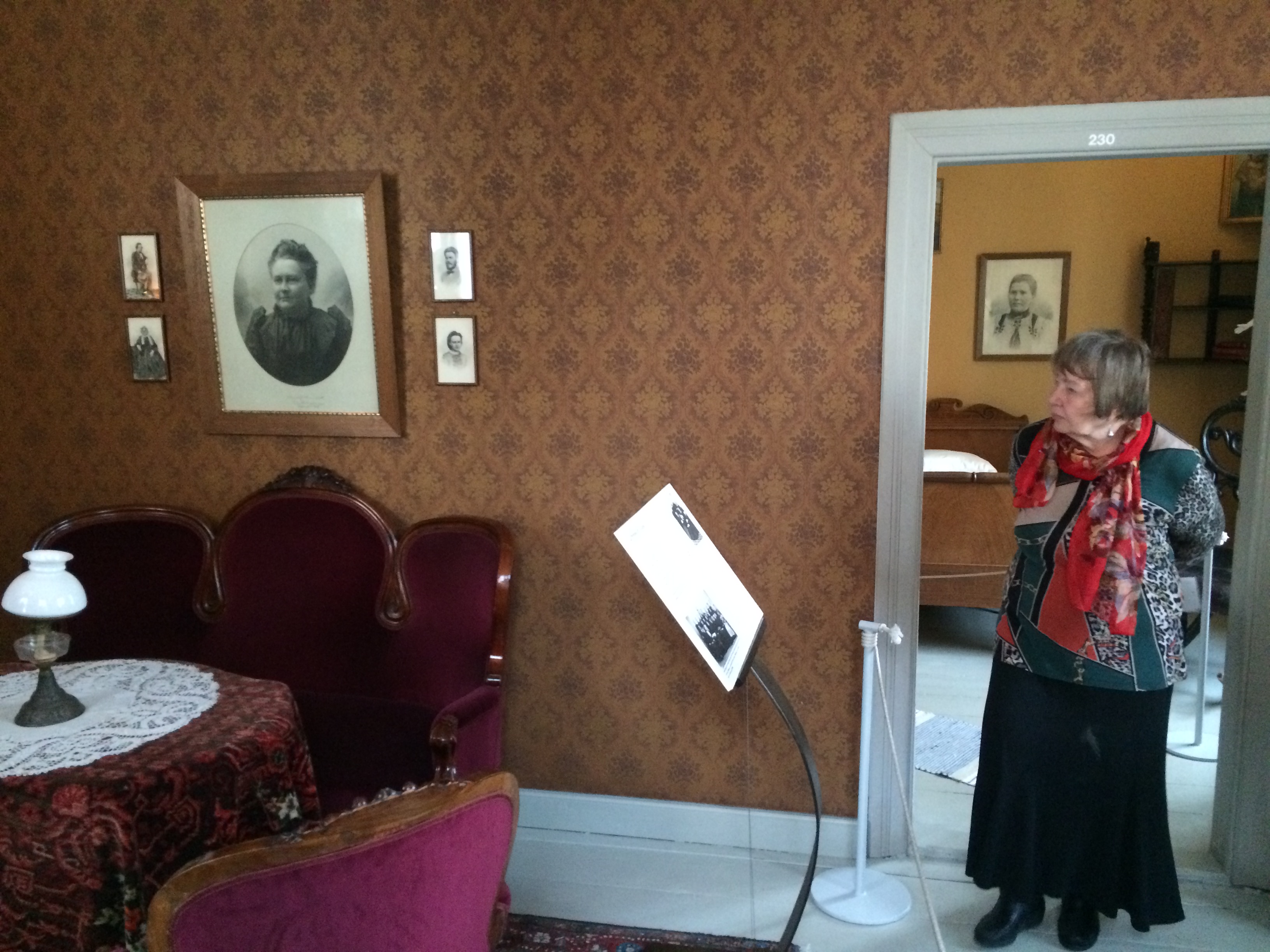Project activity A. 4. EQUALITY OF CIVIL RIGHTS
Looking for milestones in creating modern standards of democracy, the following information was put on a time axis e.g: right to vote, right to take part in political life, right to education, work, divorce, own property, etc. This poster was created both, in paper and digitally by using tools as dipity. By using this time axis, students created a quiz on women rights through the European history. During the international project workshop in Finland, taking into account that the first European country to introduce women's suffrage was the Grand Duchy of Finland, students conducted an interview with representants of “Kanttilan kulttuurikeskuksen kannatusyhdistys”, Minna Canth organisation (Minna Canth work addresses issues of women's rights, particularly in the context of a prevailing culture she considered antithetical to permitting expression and realization of women's aspirations). Here you can watch the interview made by our students to members of Minna Canth Organization. It was a great opportunity for them:
The digital time axis was created with an online tool called timerime, but this tool is going to disappear from the net on December 2016, so inorder to make this product sustainable, we have created a video with the same information included in the digital time axis.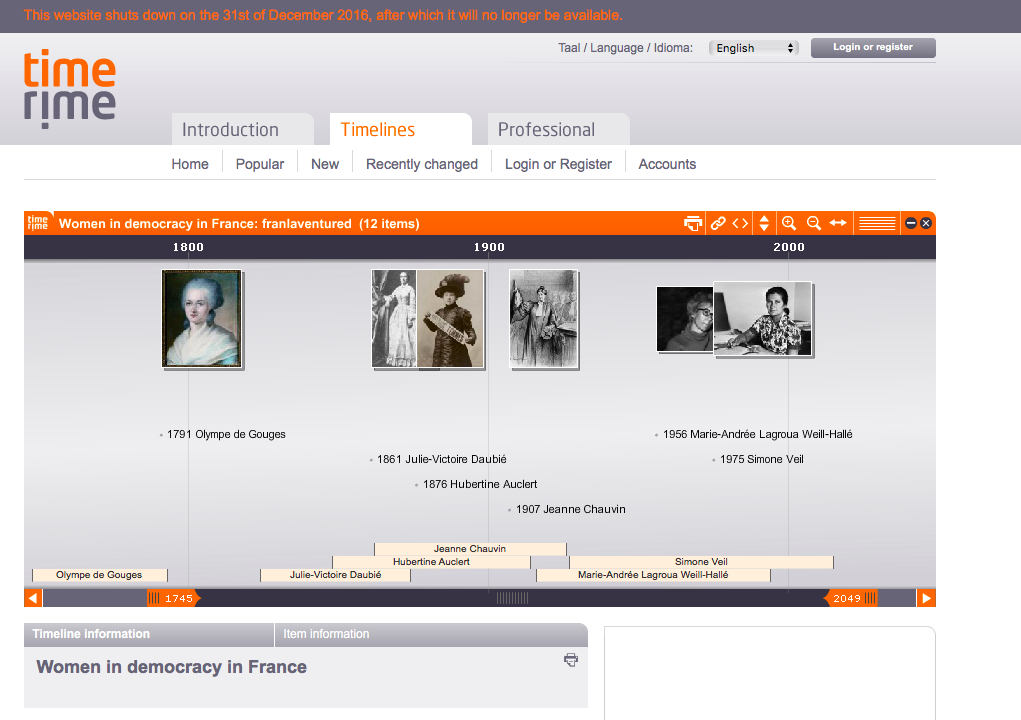
Here you have the video:
Enjoy and learn with the quiz created by our students about women rights in Europe: https://play.kahoot.it/#/k/e343636b-aedf-4c46-8e96-dac5865e69c5
Students created films about what is democracy and took part in a panel discussion about the glass ceiling. The term “glass ceiling” first entered America’s public conversation less than a decade ago, when The Wall Street Journal’s “Corporate Woman” column identified a puzzling new phenomenon. There seemed to be an invisible—but impenetrable—barrier between women and the executive suite, preventing them from reaching the highest levels of the business world regardless of their accomplishments and merits. The phrase immediately captured the attention of the public as well as business leaders, journalists, and policy makers. The metaphor was quickly extended to refer to obstacles hindering the advancement of minority men, as well as women.
During the international workshop in Finland, students shared thoughts about "What invisible obstacles are there in your society that hinder equality between men and women (attitudes, expectations, values)?".
Watch the interesting debate in this video:
http://kurssi.tv/permalink/v1253962d1a71c67u7to/
This are the videos about democracy created by our students:
